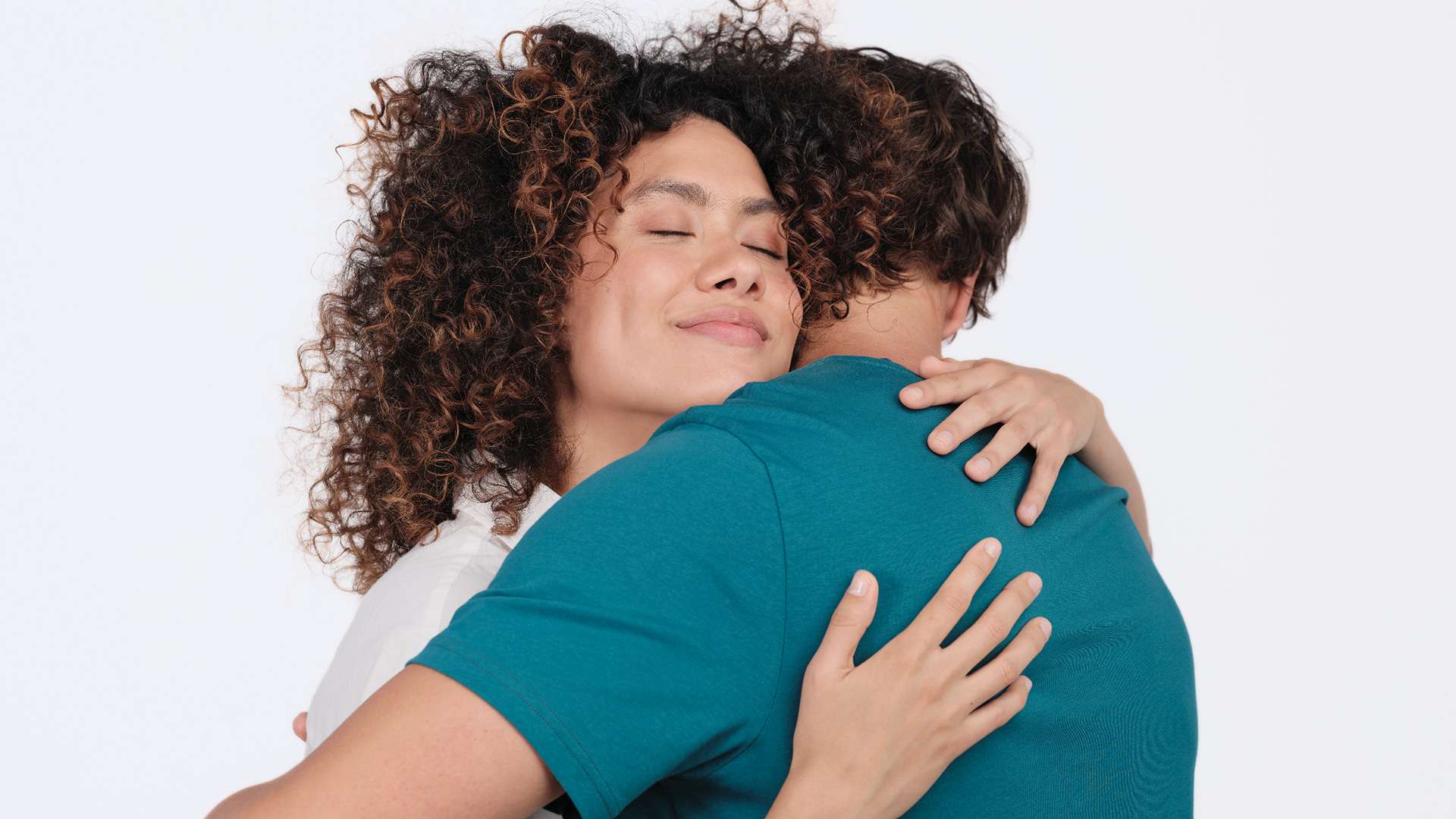Treat Cold Sores with Compeed®
How to Treat your cold sores with Compeed® in 3 easy steps
Preparation
Clean the affected area gently with soap and water and dry gently.
Application of Compeed® Cold Sore Discreet Healing Patches
Use applicator and gently press down to firmly place the patch on the cold sore.
Avoid touching
Keep it clean, dry, and protected from further friction and stress.
Learn how to heal your cold sore fatser with Compeed® Cold Sore Discreet Healing Patches

Cold sores—they’re those annoying little blisters that tend to show up around your lips just when you least want them. Caused by the herpes simplex virus (HSV-1), cold sores are very common and highly contagious.

Oh, no. Not again! Date tomorrow? Birthday next week? Off on holiday soon? Job interview on Monday? Whatever the event may be, the initial tingle of a cold sore can be deeply distressing. Why is it they always seem to pop up at the worst times?!
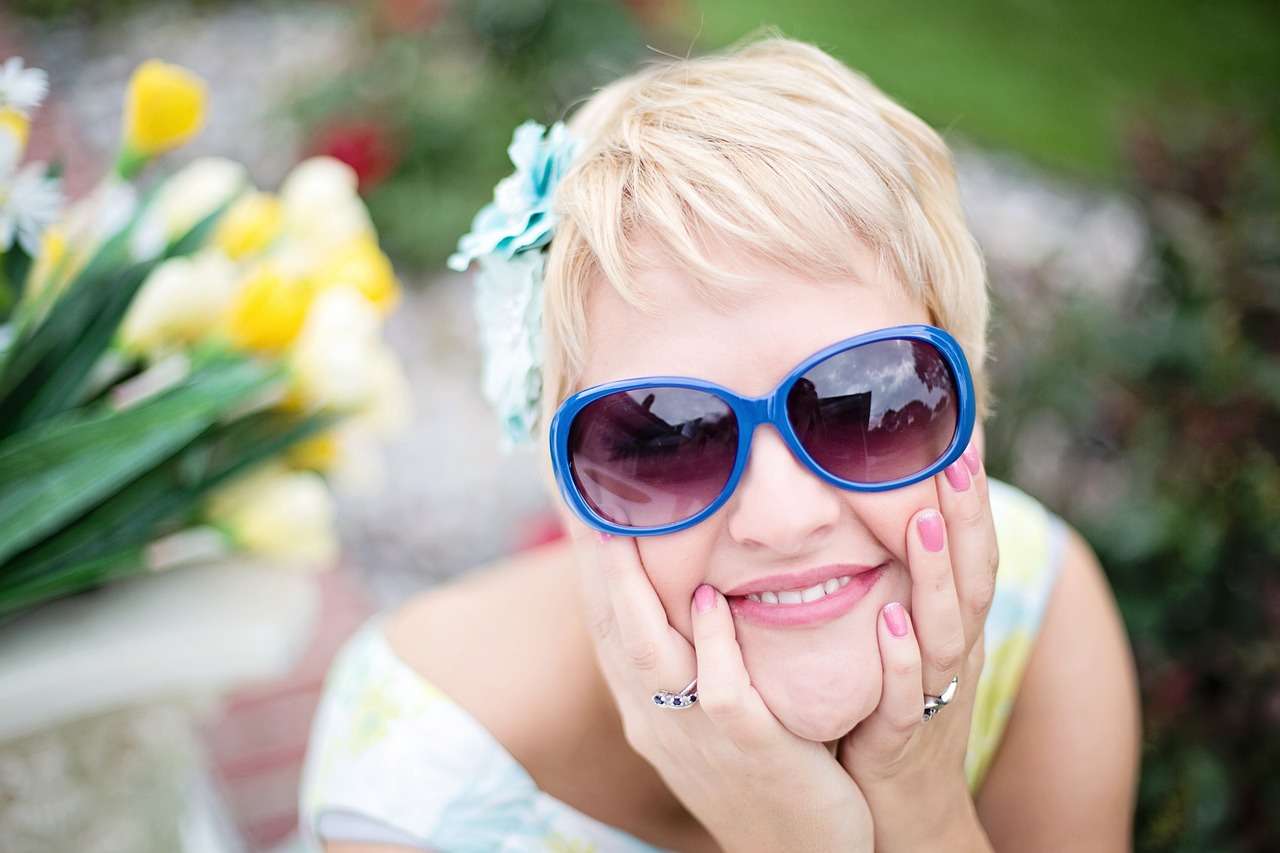
For some, winter is the time when you’re most likely to suffer from cold sores. Cold sores can be triggered by exposure to cold air, and the chilly winter wind can dry out and crack lips, creating the perfect conditions for cold sores to appear. However, cold sores affect people in different ways, and while cold and wintry conditions can cause cold sores, they are far from exclusively a winter thing.
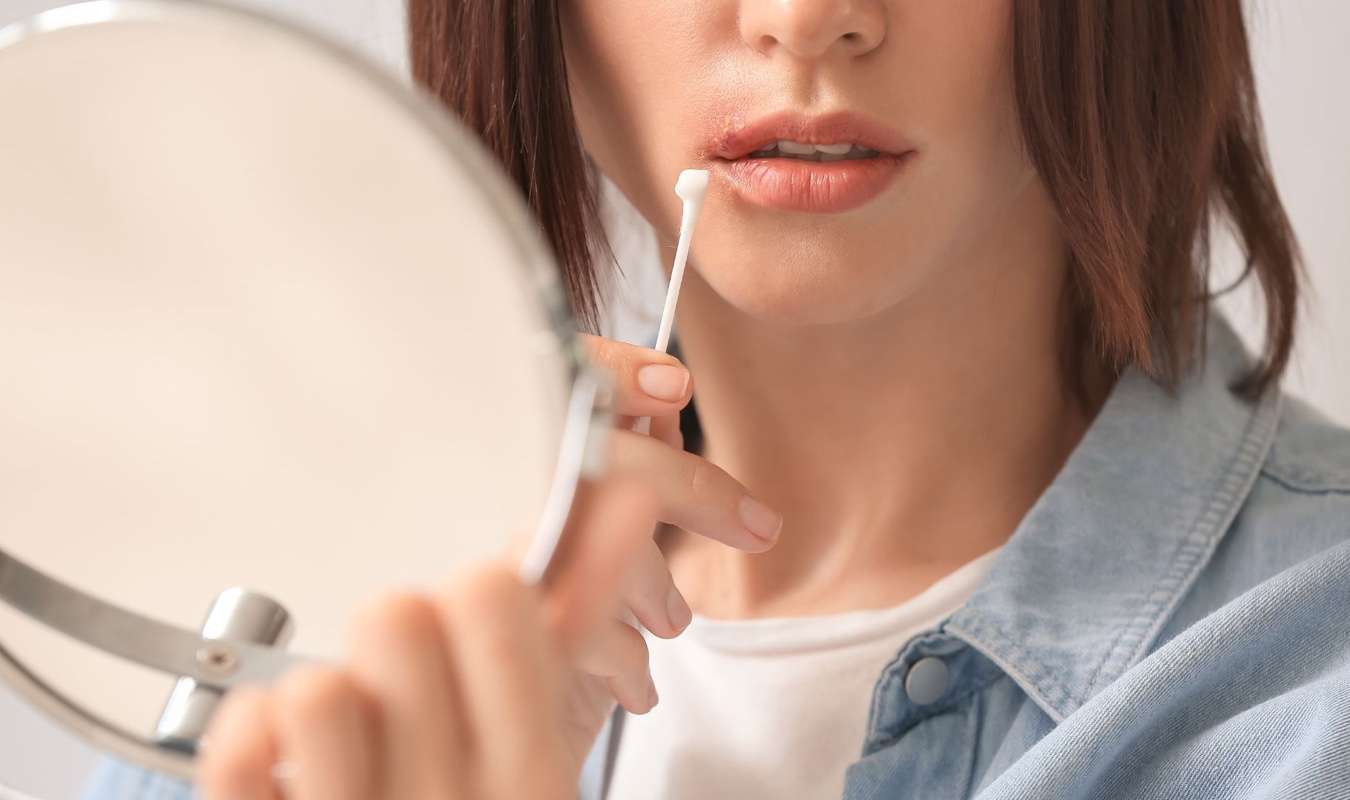
Cold sores – they’re a real hassle. Especially when they show up unexpectedly the night before that special date you’ve been planning for months. They’re uncomfortable, and let’s face it, they can make you feel a little self-conscious.
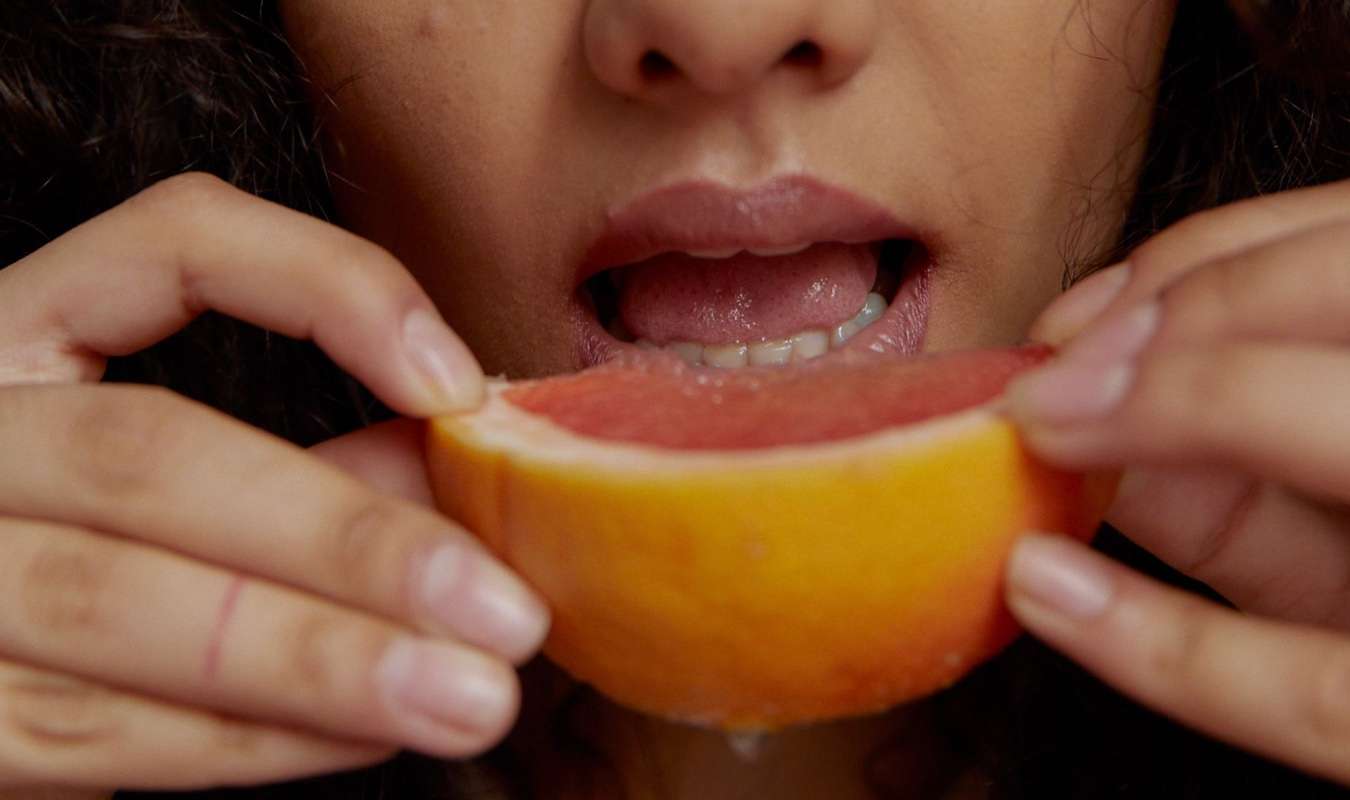
If you’re one of the many people who experience cold sores, you know how uncomfortable they can be. Cold sores, also known as herpes, can pop up at the most inconvenient times, bringing itchiness, irritation, and discomfort along with them. Good news! What you eat might just be the secret to keeping these unwelcomed guests under control.

Oh, cold sores. Despite their annoyance, they’re part and parcel of life. Or, at least for an estimated 67% of the global population. For something so common though, they are plagued with misconceptions – from how they originate and their level of contagiousness, to treatment options and more.

Did you know that your skin has different needs depending on the season? As warm summer nights make way for shorter, chillier days, the drop in humidity can lead to drier air – and drier skin. Don’t despair, because a few small tweaks to your routine can help keep your skin soft, supple and smooth.

Did you know that two-thirds of people under the age of 50 years are infected with the herpes simplex virus type 1 (the virus that causes cold sores)? Cold sores are very common, but that doesn’t mean it’s fun to have one. Not only can cold sores feel physically uncomfortable, but some people may also feel burdened by social embarrassment during an outbreak.
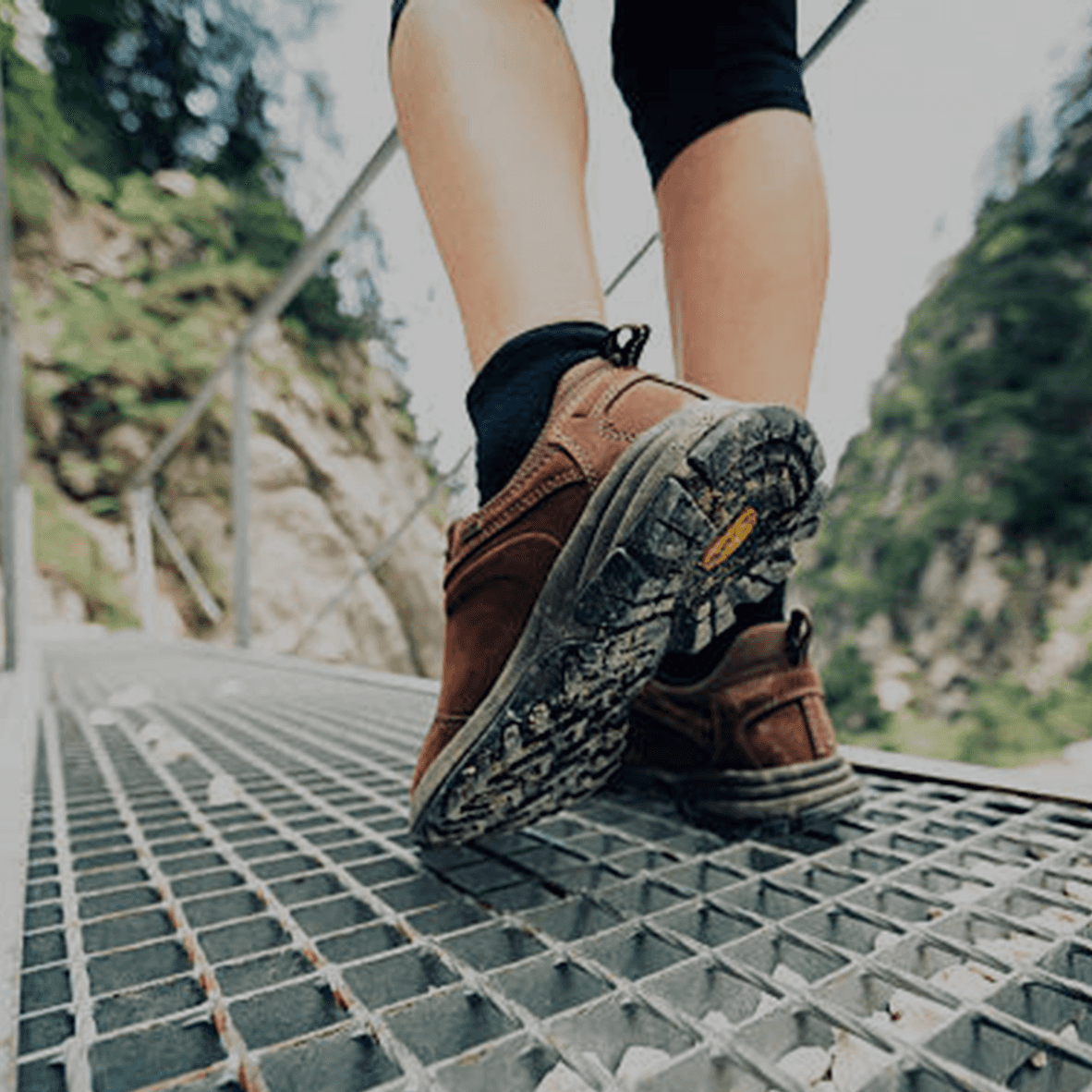
Blisters are a very common skin condition, but they can bring any good day to a halt. One of the most effective ways to heal blisters fast and get you back on track is with specialist cushioned plasters. Hydrocolloid blister plasters have been proven to consistently outperform standard plasters in terms of pain relief, wear time, cushioning and satisfaction. In a recent international study(1), researchers compared the effectiveness of Compeed® hydrocolloid blister plasters to standard plasters for the treatment of foot blisters. Here, you will discover why hydrocolloid plasters are a preferred option than standard plasters when it comes to treating painful blisters.
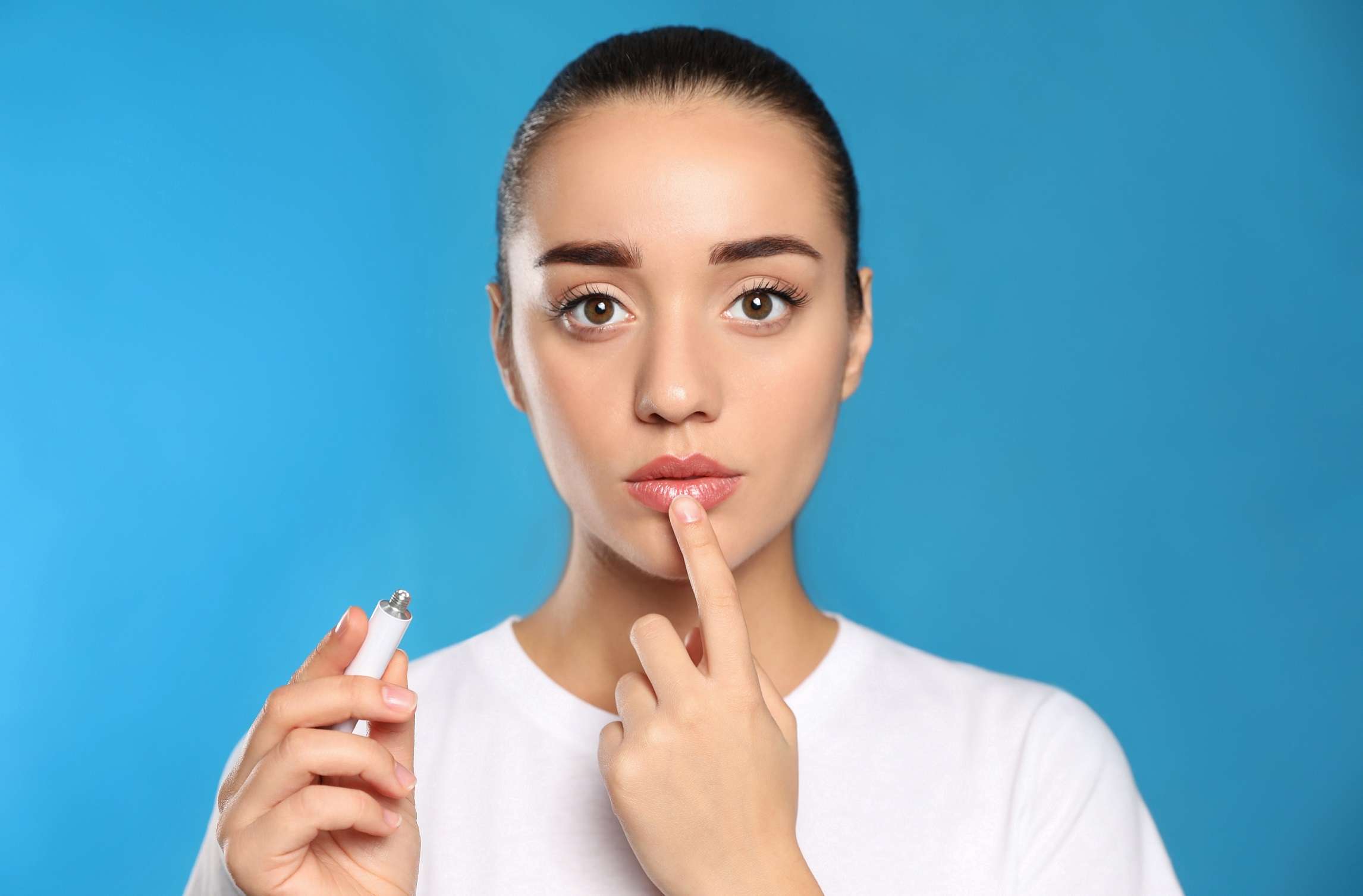
If you get cold sores, you’ll know how uncomfortable and irritating they can be. While there’s no full cure for the HSV-1 virus behind them, there are plenty of ways to speed up healing and ease the discomfort.

Cold sores can appear inside your nose or around it, causing redness and small blisters, similar to cold sores. Both are caused by the virus (HSV-1 and HSV-2). While they can be irritating, cold sores in the nose are often painful — and in rare cases, may lead to more serious health issues.

Cold sores are caused by a virus named herpes simplex virus 1 (HSV-1). There is no cure for this kind of infection, and the blisters may return.
FAQ
Got questions? We’ve got you covered!
Cold sores are caused by the herpes simplex virus. Cold sore outbreaks, where a cold sore blister appears on the skin, are often triggered by temperature changes (for example, hot or cold weather). Additionally, stress and anxiety, amongst others, can also trigger a cold sore.
Cold sores generally heal in 7 - 12 days. Always consult a doctor or pharmacist if the cold sore does not heal or if it appears to get worse.
Compeed® Cold Sore Hydrocolloid technology is an active gel that acts like a second skin. It seals your cold sore, allowing acceleration of your body’s natural healing mechanism.
You can start to use when you first feel a tingle and continue using a patch day and night throughout the outbreak until the lesion is fully healed.
Though cold sore outbreaks can't be prevented, the following may minimize spread of cold sores and reduce the frequency of outbreaks:
Always wash your hands before and after touching the cold sore lesion.
Avoid kissing, sharing drinks and lip products until the sore has healed.
If you know the triggers for your cold sore, try to minimize your exposure. For example, you can apply lip balms with SPF if your cold sores are triggered by extreme weather.
It is not possible to avoid infection of the Cold Sore Virus or to completely avoid future outbreaks.
Cold sores are painful blisters on the face, primarily around the lips, caused by the Herpes Simplex Virus (HSV). While there are different variations of the herpes virus, the most common are Herpes Simplex Virus 1 (HSV-1) and Herpes Simplex Virus 2 (HSV-2), with HSV-1 being considerably more prevalent than HSV-2. HSV-1 usually causes cold sores, while HSV-2 most commonly causes genital herpes.
